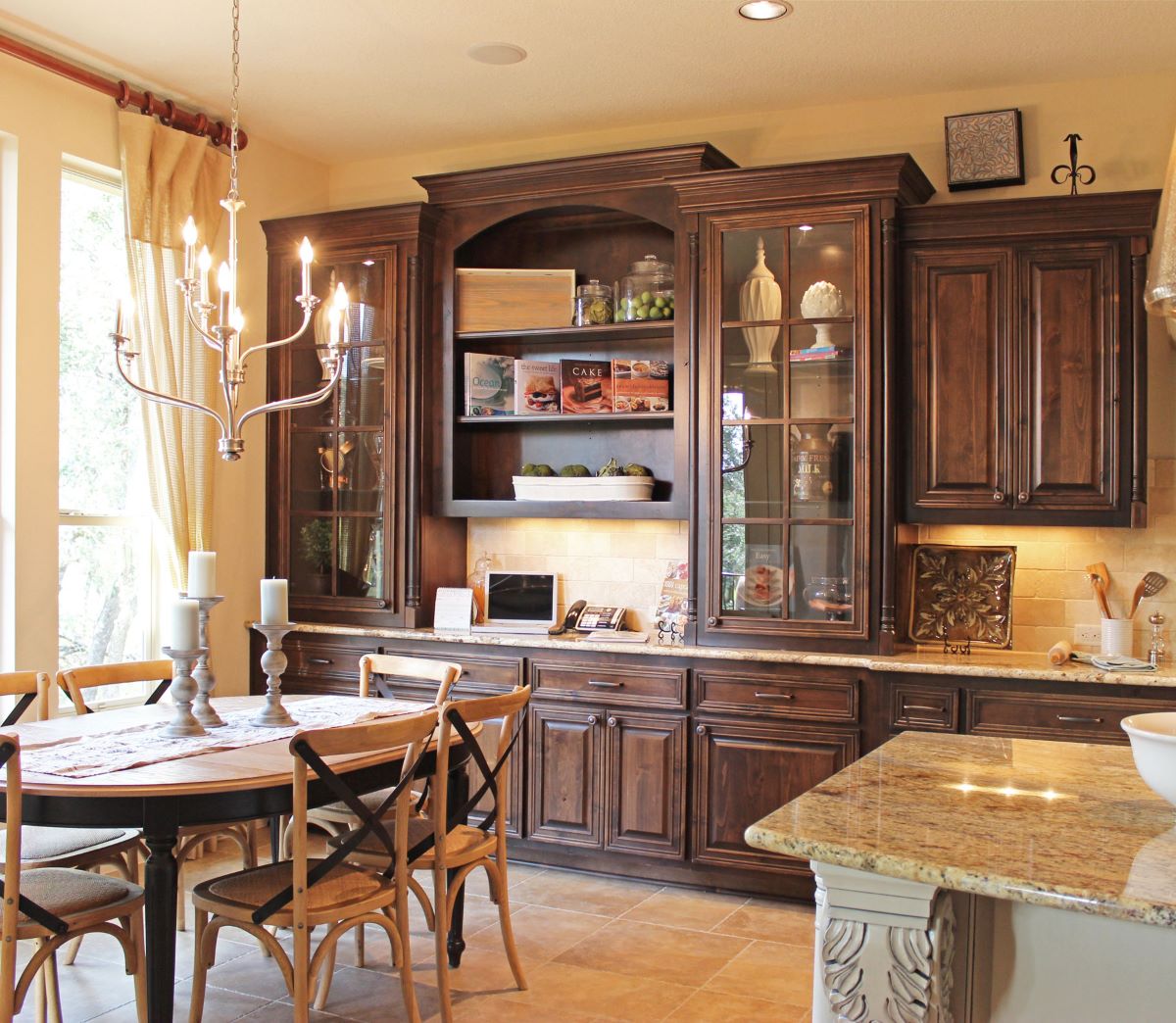

Articles
What Is A Dining Room Cabinet Called
Modified: May 6, 2024
Discover the name of a dining room cabinet in this informative article. Explore different styles and types of cabinets for your dining room.
(Many of the links in this article redirect to a specific reviewed product. Your purchase of these products through affiliate links helps to generate commission for Storables.com, at no extra cost. Learn more)
Introduction
Welcome to the world of dining room cabinets! For those who are unfamiliar, a dining room cabinet is a versatile piece of furniture designed to store and display various items in a dining room. From storing fine chinaware and glassware to showcasing decorative items and even providing additional serving space, a dining room cabinet offers both functionality and style to enhance your dining experience.
In this article, we will explore what a dining room cabinet is called, the different types available, their functions and features, the materials used in their construction, design considerations, and tips on maintenance and care. So, let’s dive in and discover the wonderful world of dining room cabinets!
Whether you have a formal dining room, a cozy breakfast nook, or a multifunctional space, a dining room cabinet can be a valuable addition. Not only does it provide much-needed storage, but it also adds a touch of elegance and sophistication to the room.
So, what exactly is a dining room cabinet called? Well, there are different names used to refer to these functional and stylish storage pieces. You may hear them being called sideboards, buffets, hutches, or china cabinets. Regardless of the name, the purpose remains the same – to provide storage and display options for your dining room essentials.
Key Takeaways:
- Dining room cabinets, also known as sideboards, buffets, hutches, or china cabinets, offer versatile storage and display options for dining essentials, adding elegance and functionality to any dining space.
- When choosing a dining room cabinet, consider factors such as size, style, storage needs, functionality, and budget. Proper maintenance and care, including cleaning, protection from sunlight, and regular inspections, will preserve the beauty and durability of the cabinet for years to come.
Read more: What Is A Dining Room Cabinet Called?
Definition
A dining room cabinet, also known as a sideboard, buffet, hutch, or china cabinet, is a piece of furniture that is specifically designed for use in the dining room. It serves both a functional and decorative purpose, providing storage space for various dining essentials while adding aesthetic appeal to the room.
These cabinets typically consist of a combination of drawers, shelves, and cabinets, allowing you to store and organize a wide range of items. From dinnerware, glassware, and serving utensils to linens, tablecloths, and even wine bottles, dining room cabinets offer ample space to keep everything neatly organized and easily accessible.
In addition to storage, dining room cabinets also provide a platform for displaying decorative items. Many cabinets feature glass doors or open shelves where you can showcase your prized chinaware, collectibles, or decorative accents. This adds a touch of elegance and personality to the dining room, making it a focal point of the space.
Moreover, dining room cabinets come in various sizes, styles, and designs to suit different preferences and interior themes. Whether you prefer a traditional, rustic, modern, or contemporary look, you can find a dining room cabinet that perfectly complements your decor.
Overall, the primary function of a dining room cabinet is to offer storage and display options for your dining room essentials, while enhancing the overall aesthetics of the space. It combines practicality with style, ensuring that your dining room remains organized, clutter-free, and visually appealing.
Types of Dining Room Cabinets
When it comes to dining room cabinets, there are several types to choose from, each offering its own unique features and benefits. Let’s explore some of the most common types:
- Sideboards: Sideboards are versatile cabinets that are typically long and low. They often feature a combination of drawers and cabinets, providing ample storage for dishes, linens, and other dining room essentials. Sideboards can also serve as a serving surface during meal times or when hosting gatherings.
- Buffets: Buffets are similar to sideboards but tend to be taller and narrower. They often feature a hutch or cabinet on top for additional storage and display space. Buffets are ideal for smaller dining rooms as they offer vertical storage without taking up too much floor space.
- Hutches: Hutches are larger cabinets that consist of a bottom cabinet or sideboard paired with a top cabinet or display unit. The bottom cabinet provides storage for larger items, while the top cabinet offers space for showcasing decorative items, fine china, or glassware. Hutches are perfect for those who want to display their collection while keeping it protected and organized.
- China Cabinets: China cabinets, also known as curio cabinets, are designed specifically for displaying fine chinaware, collectibles, or decorative items. They typically feature glass doors or panels, allowing you to showcase your prized possessions while keeping them safely stored. China cabinets often have built-in lighting to enhance the display and create an elegant ambiance in the dining room.
- Open Shelving: For a more modern and minimalist look, open shelving is an excellent option. Instead of closed cabinets, open shelving consists of exposed shelves where you can display your dining room essentials. Open shelving adds an airy and contemporary touch to the space while providing easy access to items.
These are just a few of the most common types of dining room cabinets. Each type has its own advantages and can be chosen based on personal preference, storage needs, and the overall style of the dining room. Whether you prefer a traditional, modern, or eclectic look, there is a dining room cabinet type that will suit your taste.
Functions and Features
Dining room cabinets offer a range of functions and features that make them an essential piece of furniture for any dining room. Let’s explore some of these functions and features:
- Storage: One of the primary functions of a dining room cabinet is to provide ample storage space for various dining essentials. From dinnerware, glassware, and serving utensils to linens, tablecloths, and even wine bottles, these cabinets offer compartments, drawers, and shelves to keep everything organized and easily accessible.
- Display: Many dining room cabinets feature glass doors, open shelves, or built-in lighting, allowing you to display your favorite chinaware, collectibles, or decorative items. This not only adds visual interest to the dining room but also provides a platform to showcase your unique style and personality.
- Serving Surface: Some dining room cabinets, such as sideboards and buffets, are designed with a spacious top surface that can be used as a serving area during meals or when hosting gatherings. This provides an additional surface for plating dishes, displaying food, or setting up a buffet-style arrangement.
- Protection: Dining room cabinets help protect your valuable chinaware and glassware from dust, sunlight, and other potential damages. Cabinets with glass doors or panels provide a layer of protection while still allowing you to enjoy the beauty of your collection.
- Organization: With dedicated compartments and drawers, dining room cabinets help you keep your dining essentials neatly organized. You can assign specific sections for different items, making it easier to find what you need and reducing clutter in the dining room.
- Aesthetics: Dining room cabinets are available in a wide range of designs, styles, and materials, allowing you to choose one that complements your dining room decor and enhances the overall aesthetics of the space. Whether you prefer a traditional, rustic, modern, or contemporary look, there is a dining room cabinet that will perfectly blend with your interior design.
- Versatility: Dining room cabinets are not limited to just the dining room. They can be used in other areas of the home as well, such as the kitchen, living room, or hallway. Their multifunctional nature allows them to adapt to various spaces and serve different purposes.
These functions and features make dining room cabinets a valuable addition to any dining room. They provide storage, display options, and organizational solutions, all while enhancing the aesthetics and functionality of the space.
A dining room cabinet is commonly referred to as a “china cabinet” or a “hutch.” It is used to store and display dining ware, such as dishes, glassware, and silverware.
Materials Used
Dining room cabinets are crafted from a variety of materials, each offering its own unique characteristics and aesthetic appeal. The choice of material can greatly impact the overall look and durability of the cabinet. Let’s explore some of the commonly used materials for dining room cabinets:
- Wood: Wood is the most popular material for dining room cabinets due to its natural beauty, durability, and versatility. Hardwoods such as oak, mahogany, maple, and walnut are commonly used for their strength and ability to withstand wear and tear. Wood cabinets can be finished in a variety of stains or paints to suit different styles and preferences.
- Metal: Metal dining room cabinets, particularly those made from stainless steel or iron, offer a sleek and contemporary look. Metal cabinets are known for their durability, resistance to moisture, and ease of maintenance. They can be paired with glass doors or shelves for a modern and open feel.
- Glass: Glass is often used in combination with other materials, such as wood or metal, to create elegant and visually appealing dining room cabinets. Glass doors, panels, or shelves allow for a transparent display of your chinaware or decorative items, while also adding a touch of sophistication to the room.
- Laminate: Laminate is a budget-friendly option for dining room cabinets that mimics the look of natural wood or other materials. It is a durable and easy-to-clean material that comes in a wide range of colors and finishes. Laminate cabinets are a popular choice for those who want a stylish appearance at a more affordable price.
- Combination of Materials: Some dining room cabinets feature a combination of materials to create a unique and eye-catching design. For example, a cabinet may have a wooden frame with glass or metal inserts. This blending of materials adds visual interest and allows for customization to match various interior styles.
These are just a few examples of the materials used in dining room cabinets. The choice of material often depends on personal preference, the desired style of the dining room, and the level of durability and maintenance required. Whether you prefer the warmth and richness of wood or the sleekness of metal and glass, there is a material that will suit your desired aesthetic and functional needs.
Read more: What Is A Dining Room Chair With Arms Called
Design Considerations
When choosing a dining room cabinet, there are several design considerations to keep in mind to ensure that it not only meets your functional needs but also complements the overall aesthetics of your dining room. Here are some key design considerations to consider:
- Size and Scale: Measure the available space in your dining room to determine the appropriate size of the cabinet. Consider the proportions of the room and the existing furniture to ensure that the cabinet doesn’t overpower or appear too small in comparison. It’s essential to find the right balance between functionality and the visual impact of the cabinet.
- Style and Theme: Consider the style and theme of your dining room when selecting a cabinet. Whether your dining room has a traditional, rustic, modern, or eclectic design, choose a cabinet that complements the existing decor. Pay attention to details such as the cabinet’s shape, finishes, and decorative accents to ensure they align with the overall style of the space.
- Storage Needs: Assess your storage needs and the specific items you plan to store in the cabinet. Determine whether drawers, shelves, or cabinets would be more suitable for your requirements. If you have a large collection of china or glassware that you want to display, consider a cabinet with ample shelves and glass doors to highlight your collection.
- Functionality: Think about how you plan to use the cabinet. If you frequently host dinner parties or large gatherings, a cabinet with a spacious serving surface would be beneficial. If you need extra storage for linens or larger items, look for cabinets with deep drawers or adjustable shelves. Consider any additional features, such as built-in lighting or wine racks, that would enhance the functionality of the cabinet.
- Material and Finish: Choose a material and finish that align with your desired look and durability. Consider the maintenance requirements and how the material will age over time. For example, solid wood offers warmth and beauty but may require more maintenance, while metal or laminate may be easier to clean and maintain.
- Hardware and Details: Pay attention to the hardware and decorative details of the cabinet. Handles, knobs, hinges, and trim can significantly influence the overall appearance. Choose hardware that complements the style of the cabinet and the overall design of the dining room.
- Budget: Set a budget for your dining room cabinet and ensure that you find a balance between quality, functionality, and affordability. Consider the long-term value of the cabinet and invest in a well-designed and durable piece that will last for years to come.
By considering these design aspects, you can select a dining room cabinet that not only meets your storage needs but also enhances the overall aesthetics of your dining room. Remember, the cabinet should be both visually appealing and functional, creating a harmonious and inviting dining space.
Maintenance and Care
To ensure that your dining room cabinet remains in excellent condition and continues to enhance your dining space, proper maintenance and care are essential. Here are some maintenance tips to keep in mind:
- Cleaning: Regularly dust and clean your dining room cabinet to prevent the accumulation of dirt and grime. Use a soft, lint-free cloth or microfiber cloth to gently wipe the surface, shelves, and glass doors. Avoid using harsh chemical cleaners that could damage the finish or materials.
- Protection from Sunlight: If your cabinet has glass panels or doors, protect it from direct sunlight. Prolonged exposure to sunlight can cause fading or discoloration of the cabinet’s finish and the items displayed inside. Consider using curtains, blinds, or UV-blocking window films to shield the cabinet from harmful UV rays.
- Preventing Scratches and Damage: Take precautions to prevent scratches or damage to the cabinet’s surface. Use coasters or placemats when placing glasses, dishes, or hot items on the cabinet. Avoid placing sharp or heavy objects directly on the surface to minimize the risk of damage.
- Adjusting Shelves: If your cabinet has adjustable shelves, periodically check and adjust them to ensure they are properly aligned. This will prevent strain on the cabinet’s structure and provide stable support for your stored items.
- Handling Glass: If your cabinet features glass doors or shelves, handle them with care. Avoid applying excessive force or pressure when opening or closing the doors. When cleaning glass surfaces, use a glass cleaner specifically formulated for streak-free cleaning.
- Regular Inspections: Periodically inspect your dining room cabinet for any signs of wear, loose hinges, or other issues. Address any concerns promptly to prevent further damage and ensure the longevity of your cabinet.
- Proper Weight Distribution: When storing items in the cabinet, distribute the weight evenly to prevent excessive strain on any particular shelf or drawer. This will help maintain the structural integrity of the cabinet and prevent sagging or damage.
- Follow Manufacturer’s Instructions: Refer to the manufacturer’s instructions and guidelines for specific care and maintenance recommendations for your dining room cabinet. These instructions may provide valuable insights on cleaning products, recommended maintenance schedules, and any special considerations for the specific materials used.
Proper maintenance and care will not only keep your dining room cabinet looking beautiful but also extend its lifespan. By following these tips, you can enjoy your cabinet for years to come, creating a well-preserved and inviting dining space.
Conclusion
Dining room cabinets are versatile and functional furniture pieces that provide storage, display options, and aesthetic appeal to your dining space. Whether you call them sideboards, buffets, hutches, or china cabinets, these pieces offer a multitude of benefits for organizing and showcasing your dining essentials.
In this article, we explored the various types of dining room cabinets, including sideboards, buffets, hutches, china cabinets, and open shelving. We discussed their functions and features, such as storage, display capabilities, and serving surfaces. Additionally, we delved into the materials used in their construction, design considerations, and essential maintenance tips to prolong their durability.
When selecting a dining room cabinet, it’s important to consider factors like size, style, storage needs, functionality, and budget. The choice of material and finish should align with your desired look and maintenance requirements. Additionally, paying attention to the cabinet’s hardware, details, and overall design will ensure it seamlessly integrates with your dining room decor.
Regular maintenance and care, including cleaning, protecting from sunlight, and preventing scratches, will help preserve the beauty and functionality of your dining room cabinet. By following the manufacturer’s instructions and conducting periodic inspections, you can address any issues promptly and maintain the structural integrity of the cabinet.
In conclusion, dining room cabinets are more than just storage solutions – they are statement pieces that elevate the aesthetics of your dining room while offering practicality. From traditional to modern designs, there is a cabinet to suit every style and preference. With proper care and attention, your dining room cabinet will remain a focal point of elegance and functionality for years to come, enhancing your dining experience and providing a beautiful backdrop for memorable meals and gatherings.
Excited to spruce up your space with smart storage solutions or maybe add a touch of class with a new office fixture? Dive into our comprehensive guide on the best storage ideas for keeping your living spaces clutter-free and stylish. For those looking to upgrade their office setup, discover our curated selection of wooden cabinets that promise both functionality and aesthetic appeal. Each piece is designed to offer practical solutions while enhancing your workspace.
Frequently Asked Questions about What Is A Dining Room Cabinet Called
Was this page helpful?
At Storables.com, we guarantee accurate and reliable information. Our content, validated by Expert Board Contributors, is crafted following stringent Editorial Policies. We're committed to providing you with well-researched, expert-backed insights for all your informational needs.

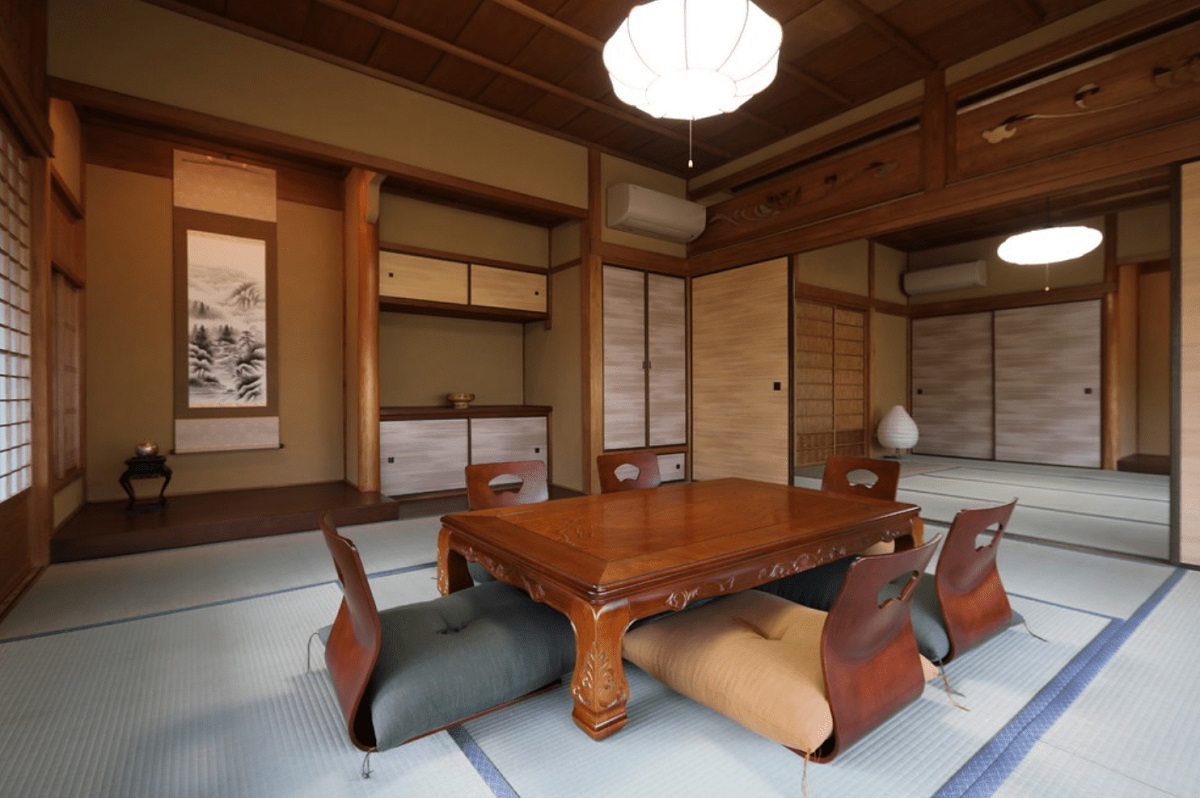
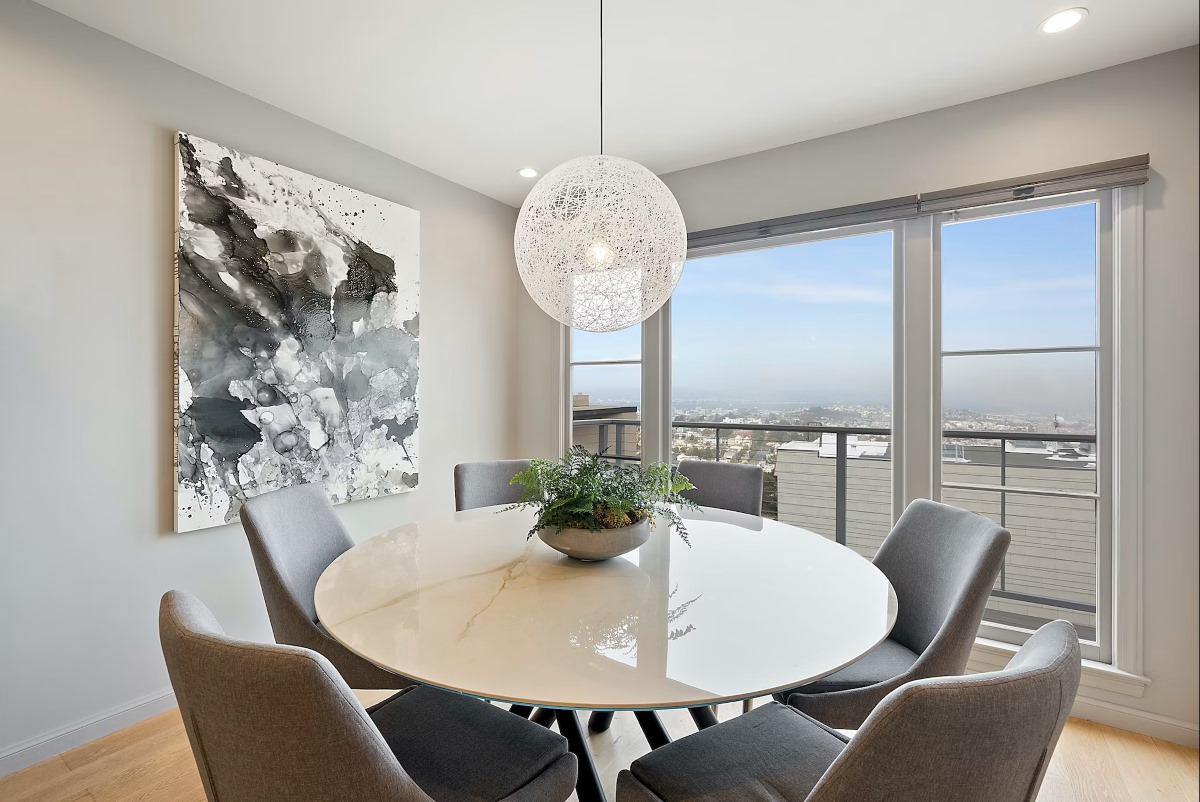
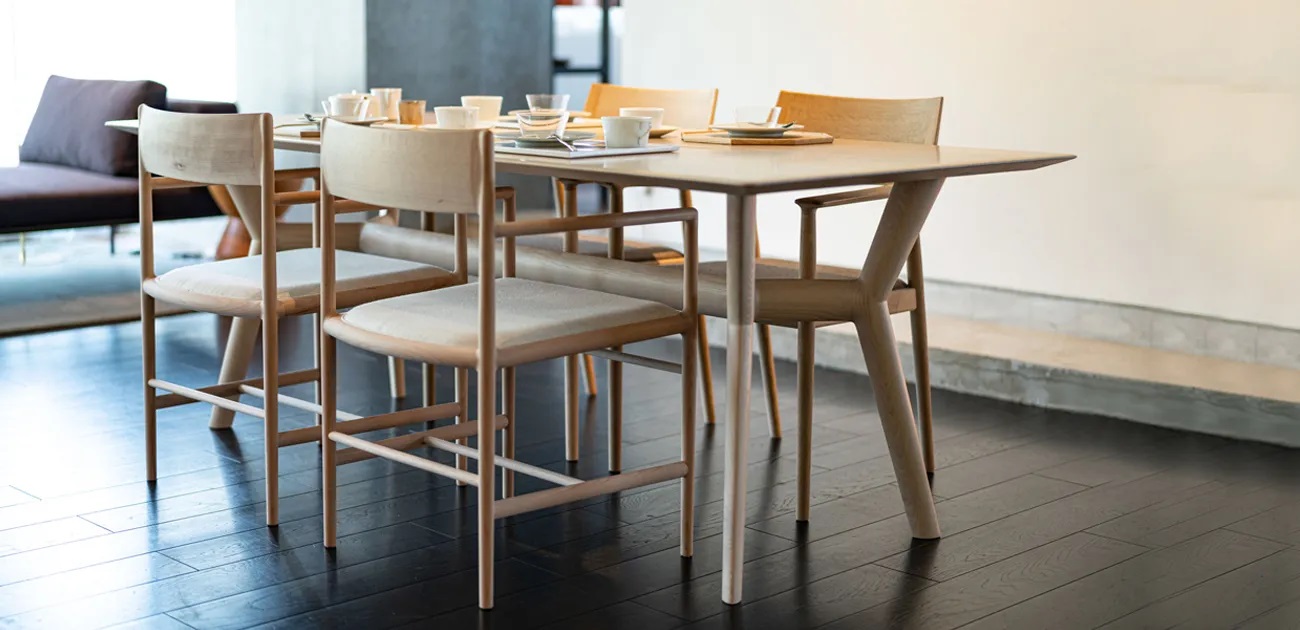
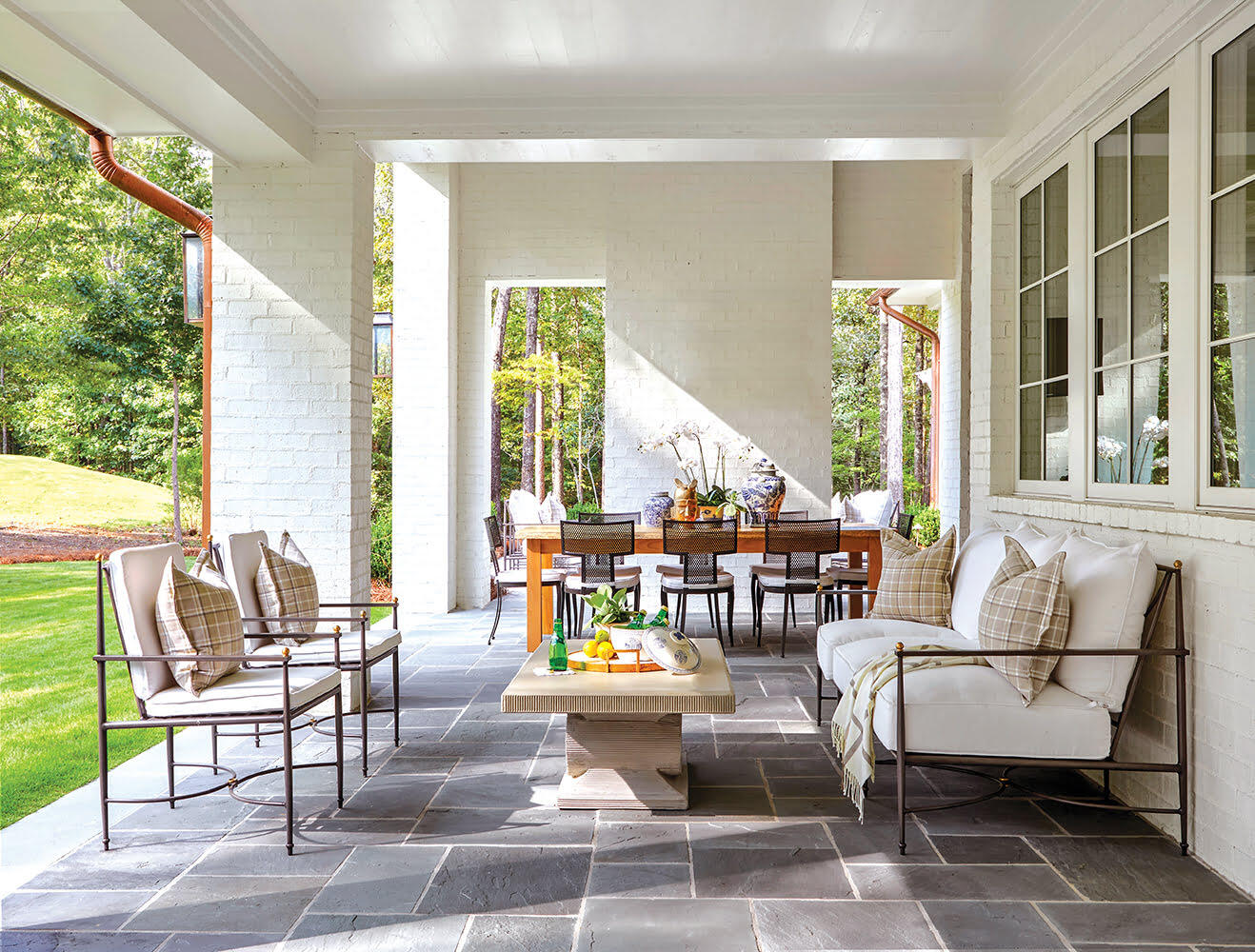
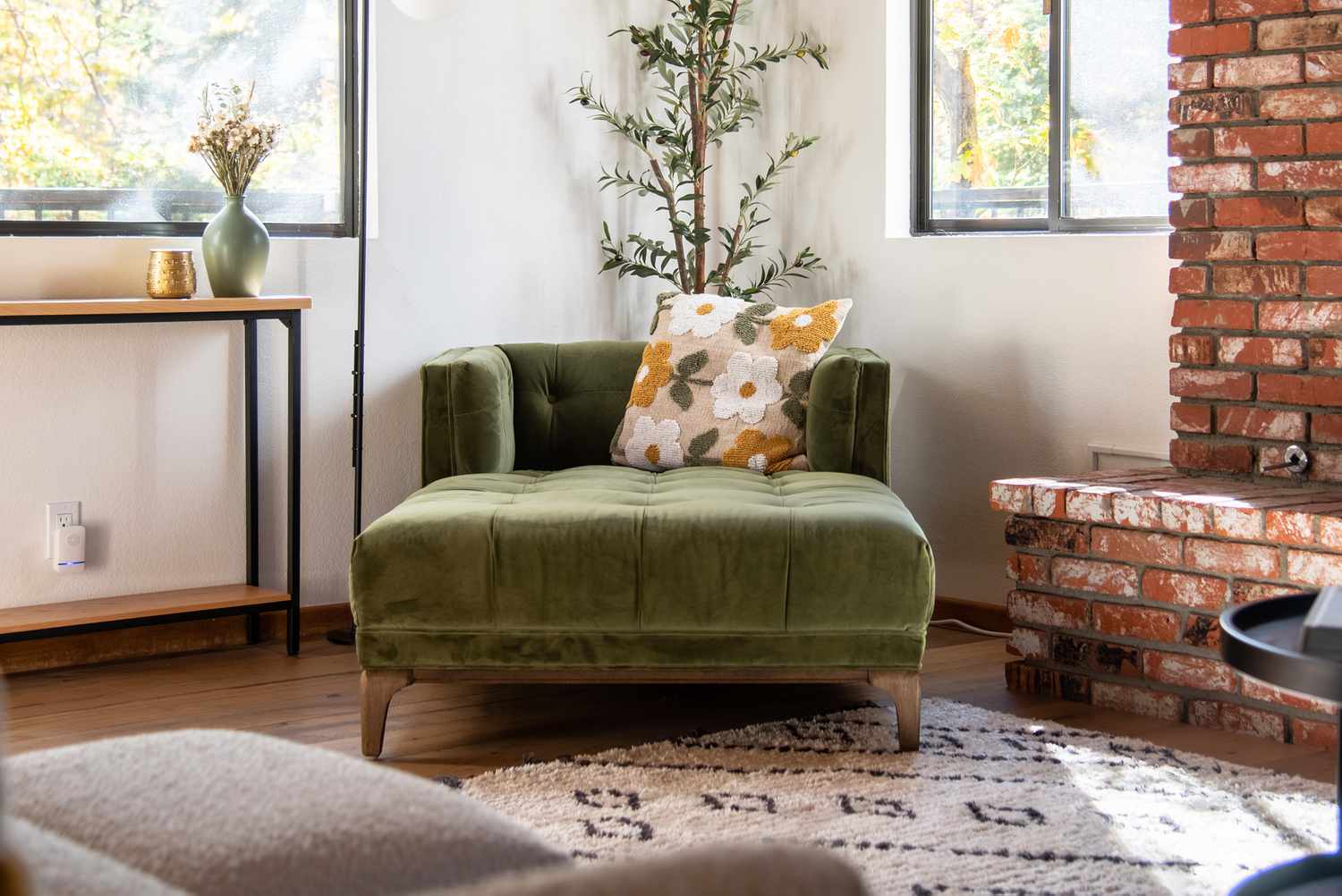
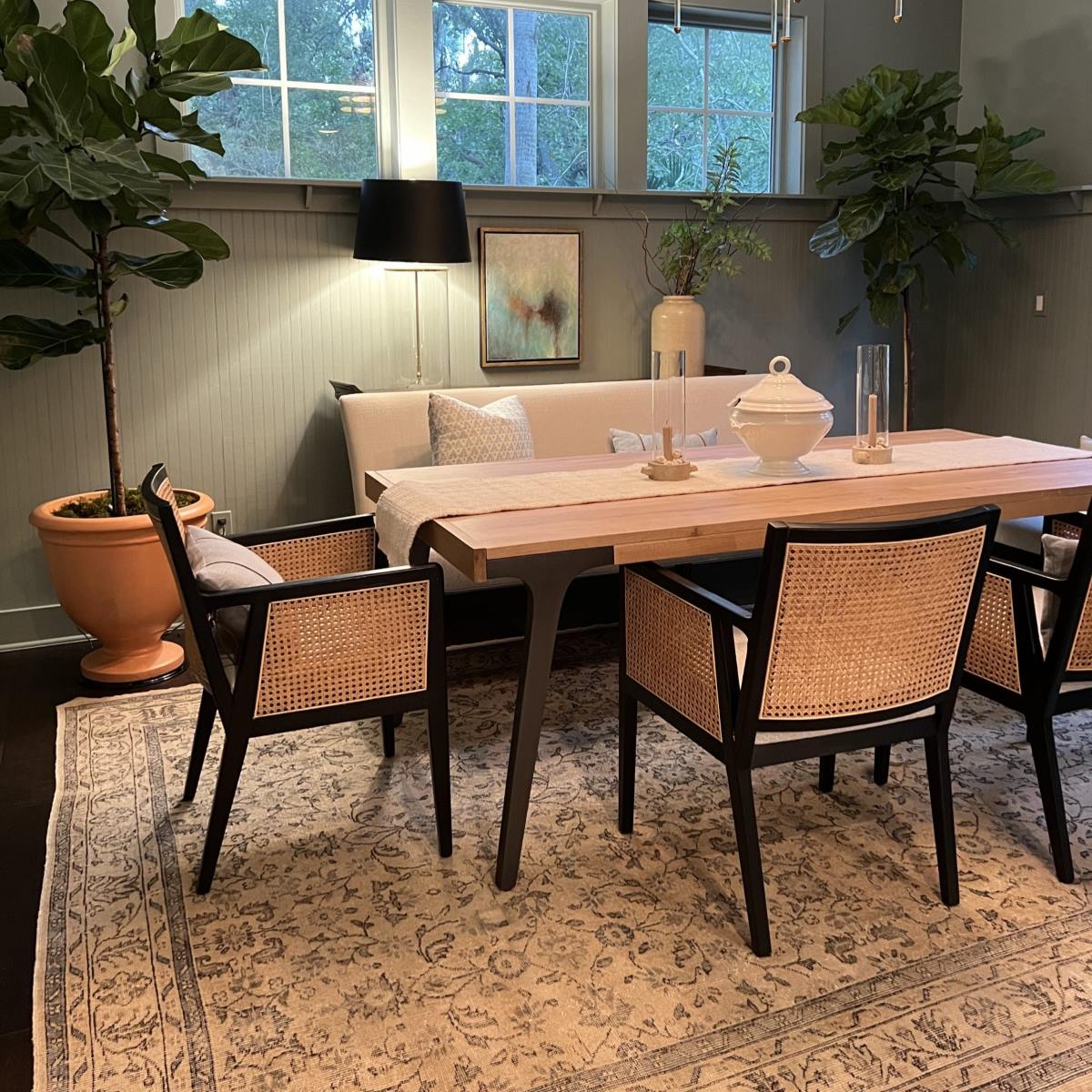
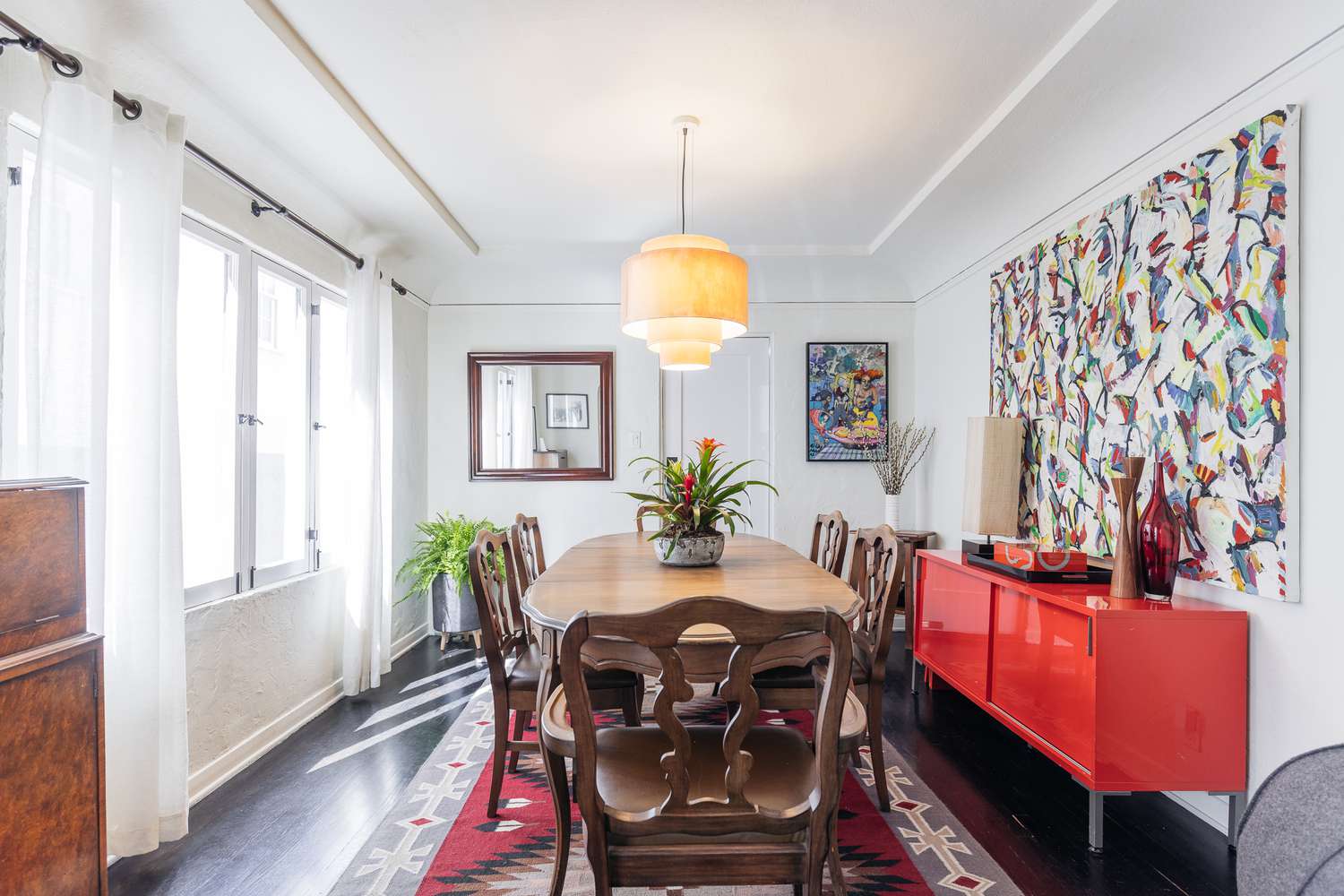
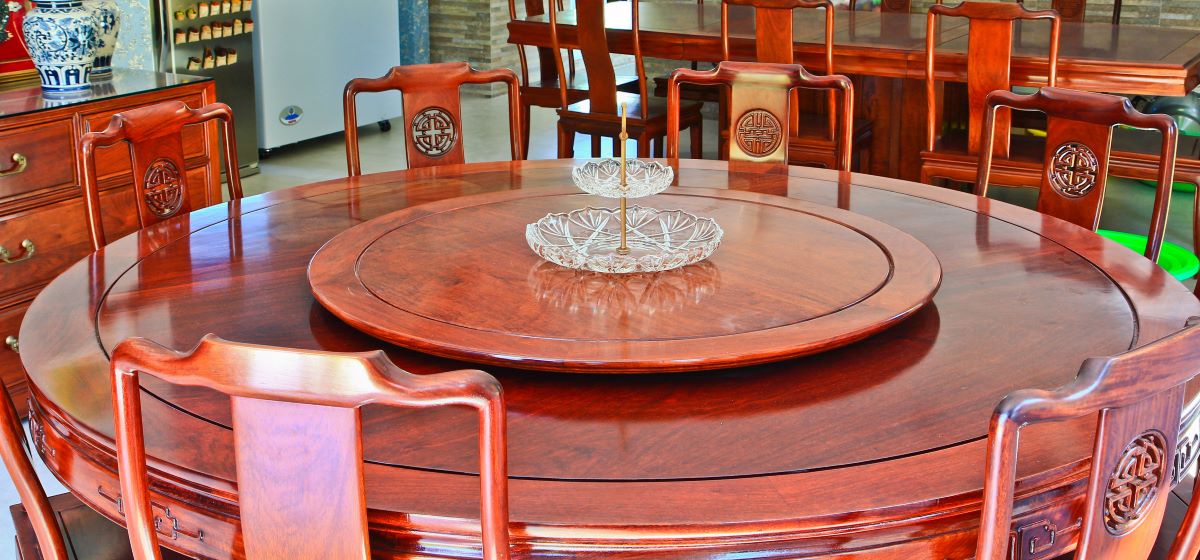
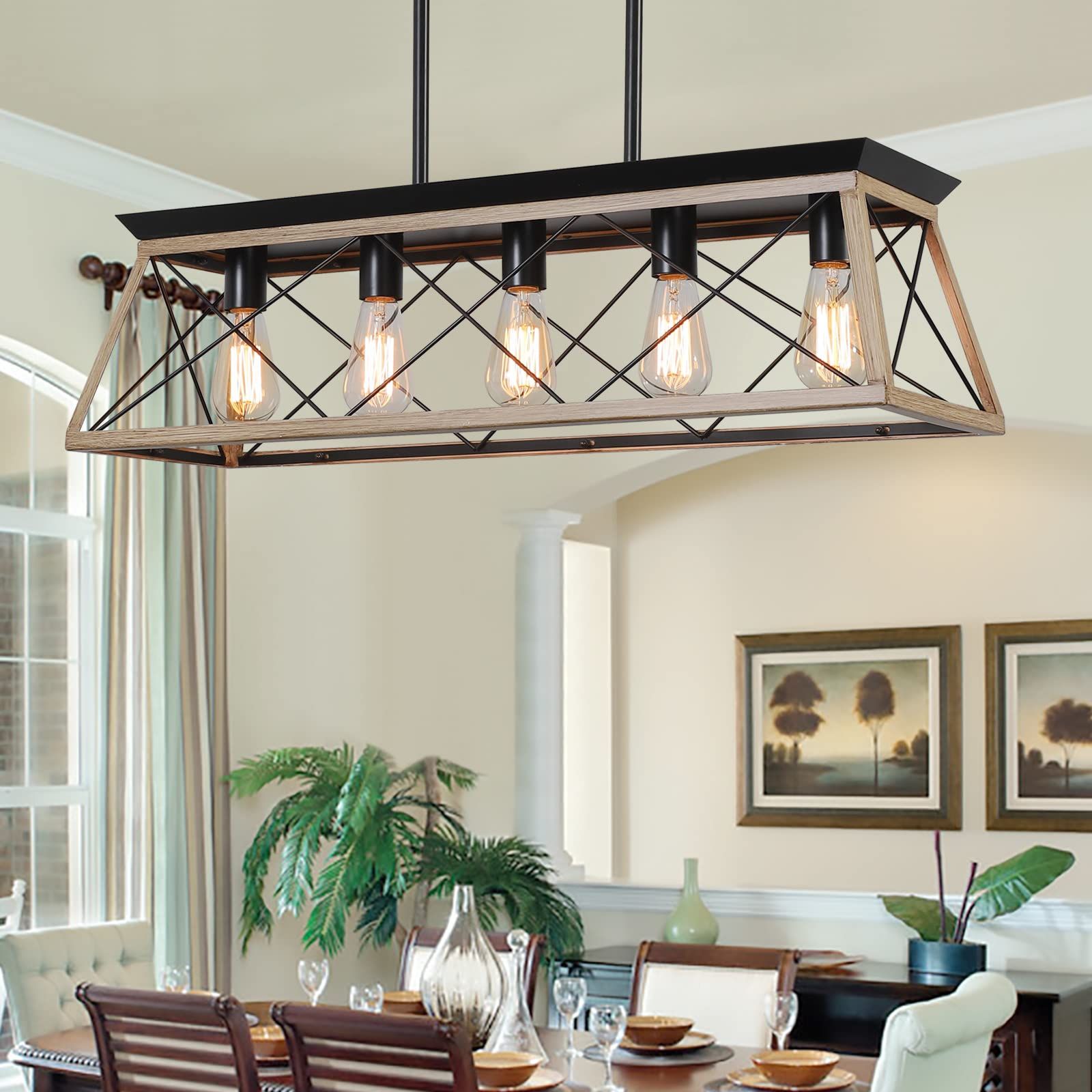
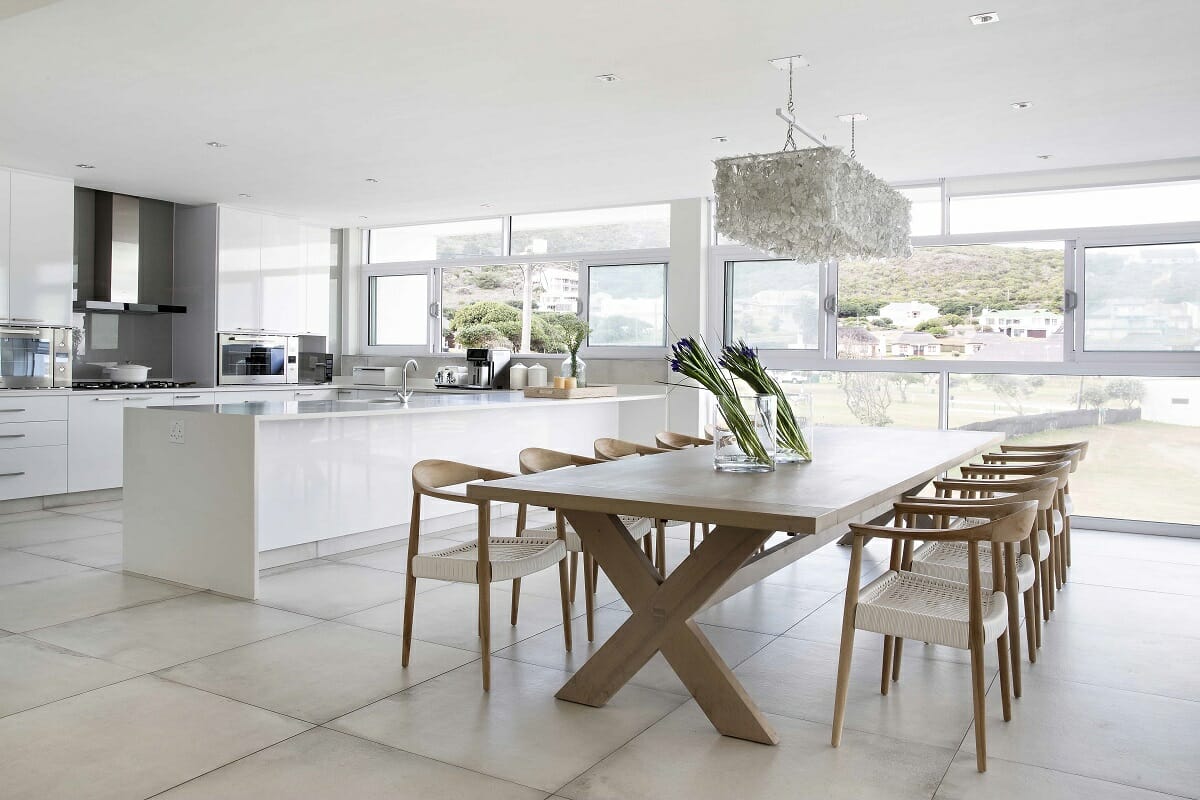
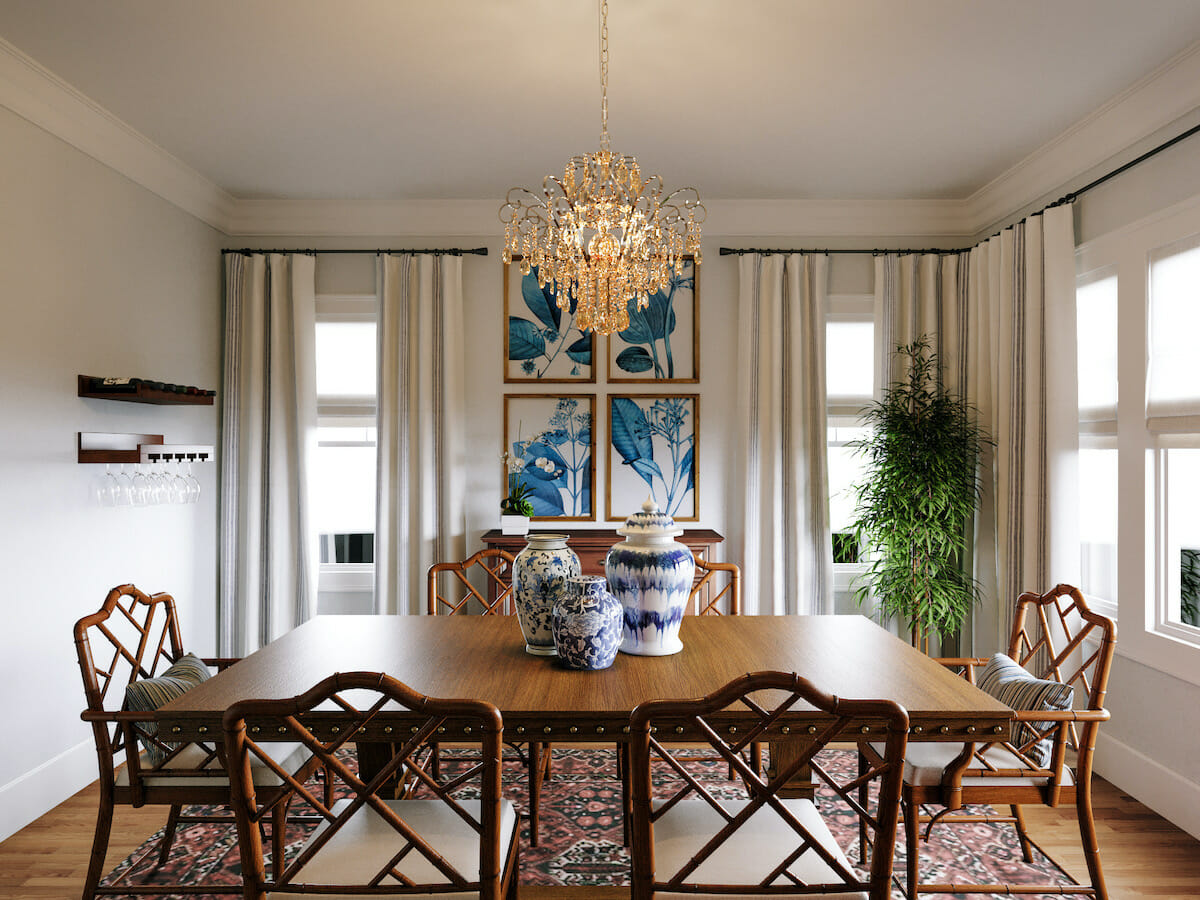
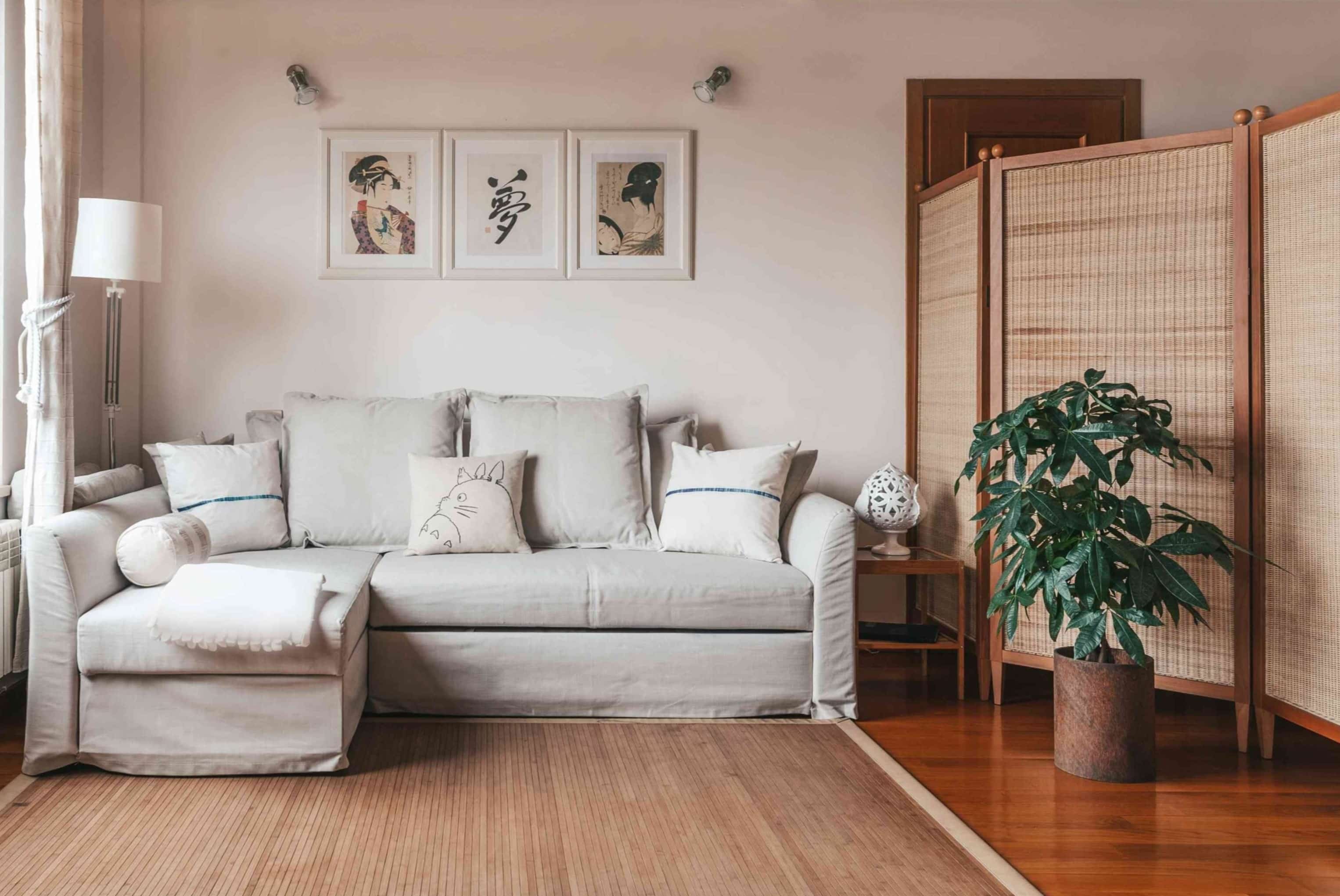
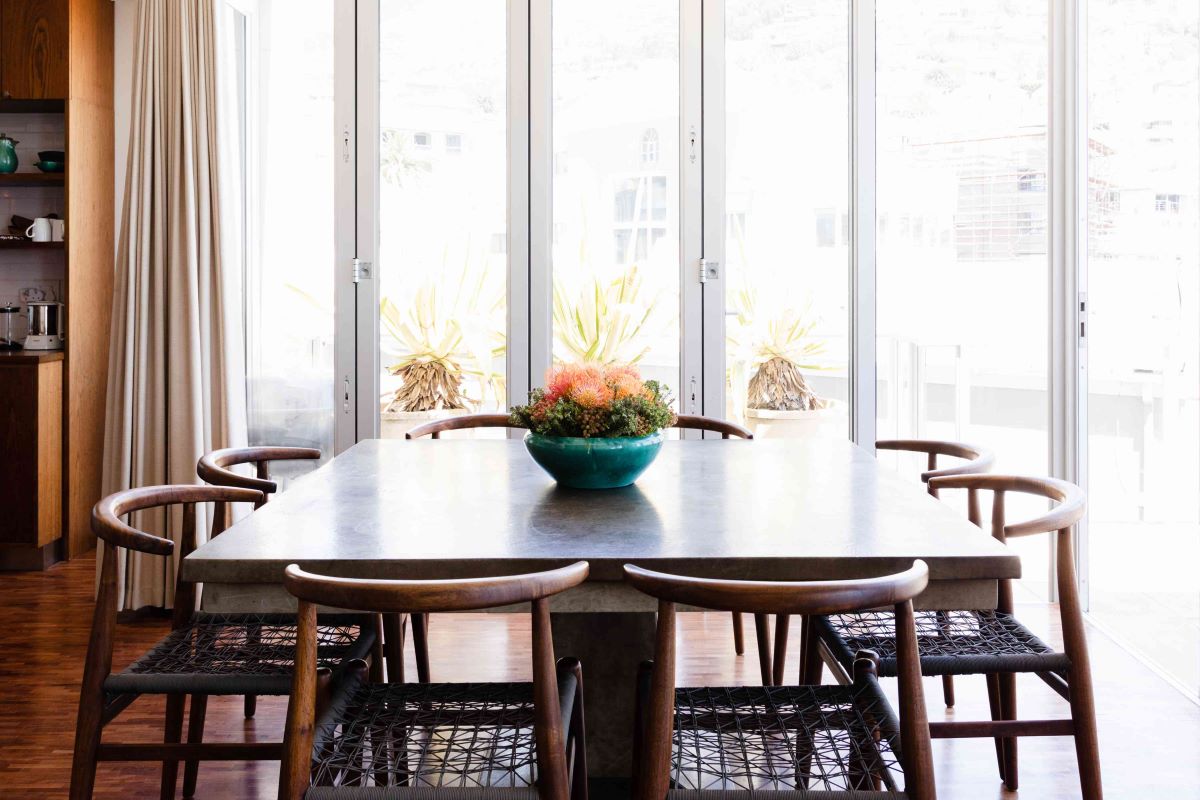

0 thoughts on “What Is A Dining Room Cabinet Called”